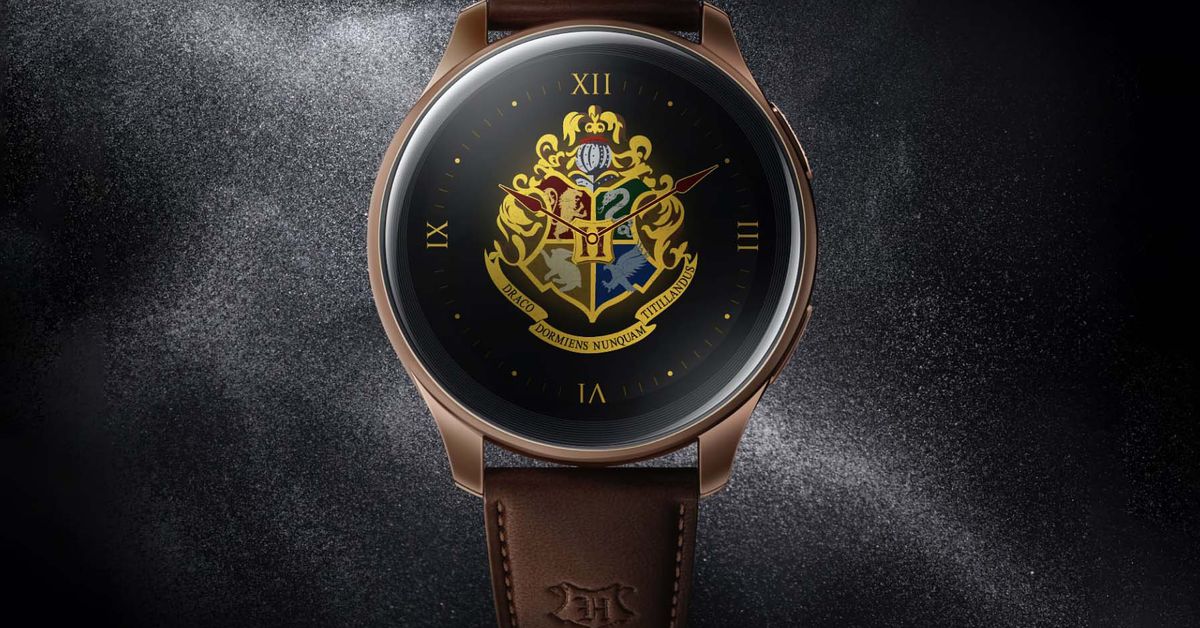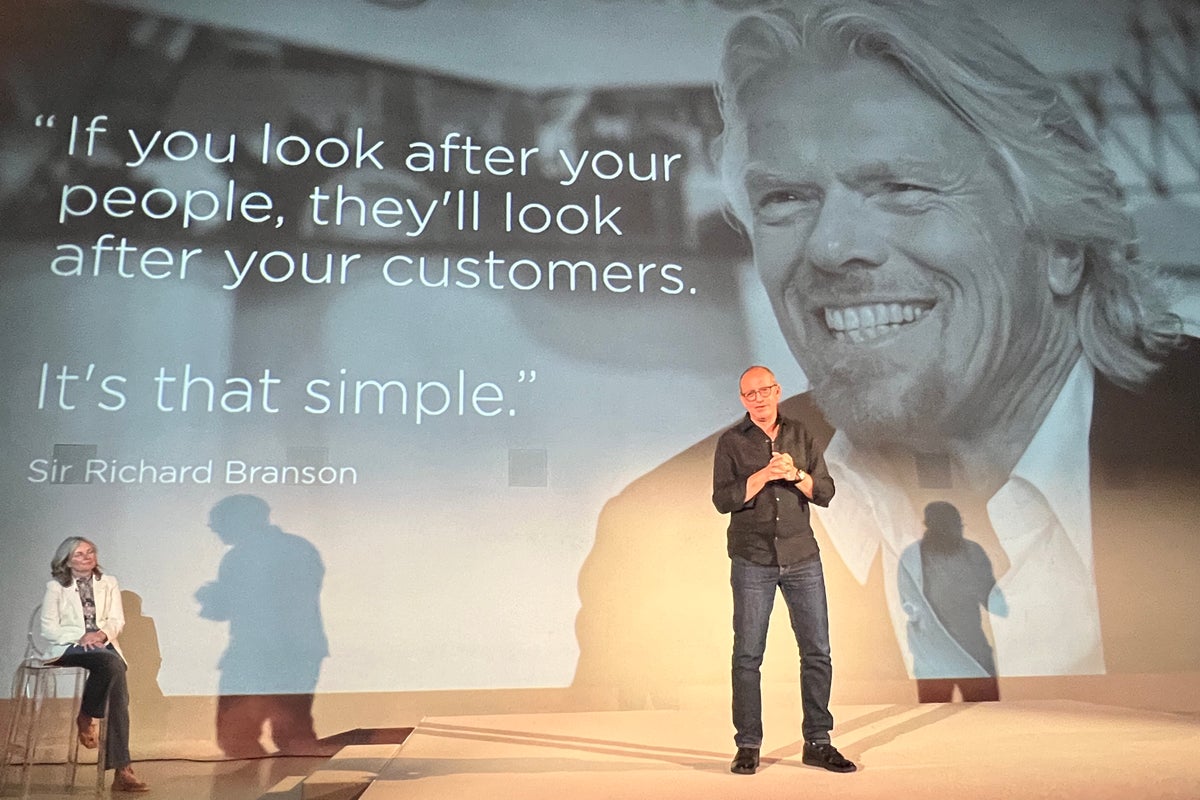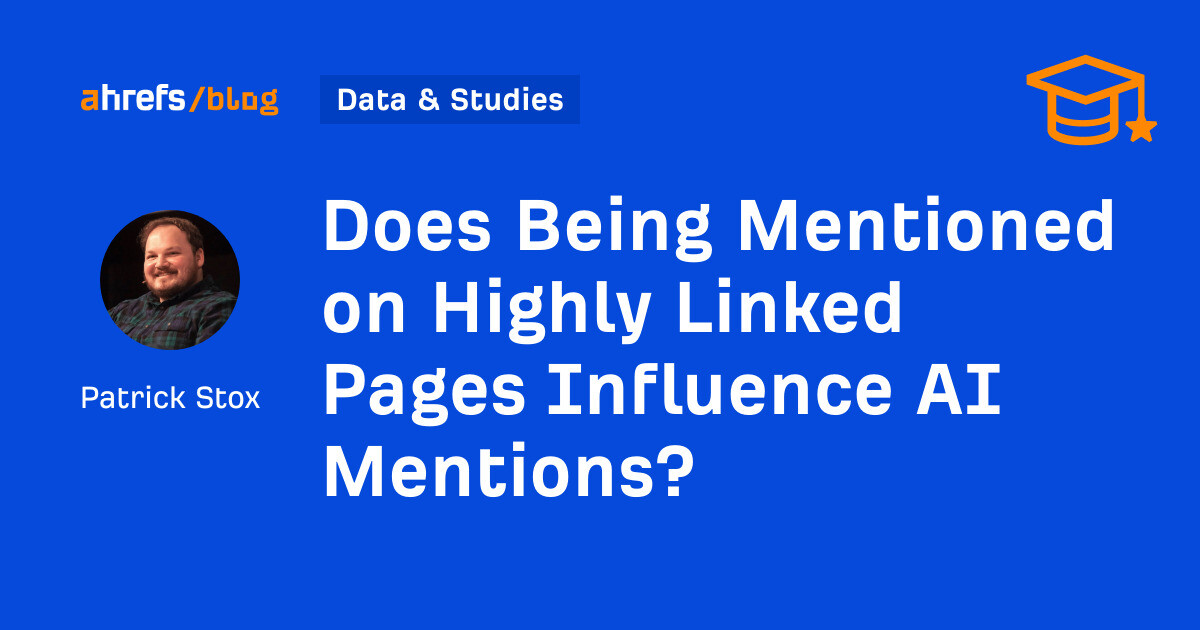The Verge’s favorite music for work
The VergeSome people work at home with a speaker system droning out their favorite background music. Some sit in an open office with a carefully assembled playlist blasting through their headphones. And some scrub the toilet while singing to...
/cdn.vox-cdn.com/uploads/chorus_asset/file/24492430/STK459_Music_Headphones.jpg)
Some people work at home with a speaker system droning out their favorite background music. Some sit in an open office with a carefully assembled playlist blasting through their headphones. And some scrub the toilet while singing to the latest pop songs vibrating in their earbuds.
While there are people who prefer to work in silence, others feel more comfortable laboring to the beat of their favorite tunes. We asked staff members of The Verge what kind of music — if any — they liked to play while they worked. Here is a sampling of the very varied answers we got.
Focus playlists and / or as much noise as possible
My go-to flow state music for the past five or six years is the 45 Warm Focus playlists from Patrick Ewing’s internet radio show of the same name (RIP). Here’s a good one. Does what it says on the tin. Lately, I’ve also been listening to Bobby Lyte’s Spotify show Flow State. Bobby spends a few minutes talking about a subject like creativity, focus, play, or flow, then plays a half-hour block of focus music, then five minutes of talk, then another 30-minute block — basically, a built-in Pomodoro timer. I like it because Bobby’s not a grustle culture bro, just a guy who wants to do good work on something cool and then do something else. It’s nice.
Other times, the brain needs a lot of noise. I found a playlist called Instrumental Psychedelic Stoner Rock that usually does it. Or I’ll turn to something like The HU, who I found by tweeting something like “This death metal isn’t enough. Is there anything that’s like that but also has Tuvan throat singing or something?” Or I’ll just put a song by CHVRCHES or The Knife on repeat.
That’s if I’m by myself. If the kids are around, it’s often Graceland. Or, inevitably, the Encanto soundtrack. For a family that claims not to talk about Bruno, they sure do talk about Bruno. — Nathan Edwards, senior reviews editor
A sonic whiplash from lofi beats and video game soundtracks to hardcore punk
Like Nathan, I’m a bit all over the place. I’ll load up Spotify, think of a particular artist I want to hear, and just go ham on an album, a playlist, or even whole discographies at a time. I may often stick to my wheelhouse of hardcore and punk music, either classic or contemporary, but I also dart around to adjacent genres. I try to adapt to the kind of work that I’m doing, tapping high-energy stuff for when I feel I need a jolt or slower stuff when I want to settle into a pocket and rhythm. I’ll also sometimes theme my music, like listening to a lot of The Damned and The Misfits in the month of October.
But sometimes I mix it up and play lots of video game soundtracks or lofi beats when it feels like lyrics are distracting my little pea brain. In that case, I’ll turn to Lofi Girl’s never-ending chill streams on YouTube for hours, or even days, at a time. But whether I need those softer electronic beats to keep me calm or some screeching guitars from the Doom (2016) soundtrack, I almost always need tunes playing in my office to drown out the silence.
And if all of that fails to help me focus, I’ll turn to a Twitch stream when half-listening to it like some kind of geeky radio show strikes the right motivating chord in my head. — Antonio G. Di Benedetto, commerce writer
Gilbert and Sullivan — or whatever else my mood demands
During the work day, what I listen to can vary widely. I might decide on Broadway musicals, 1920s jazz, Celtic folk, klezmer, or a variety of other genres. But if I’m feeling really overwhelmed and am badly in need of some comfort music, my go-to is always Gilbert and Sullivan — specifically, the 1959 complete (with dialogue) version of H.M.S. Pinafore from the D’Oyly Carte Opera Company. This is despite the fact that I know the entire score and libretto by heart — I’ve been listening to this album since I was six years old and still have my parents’ original (and badly scratched-up) record set somewhere in our basement. Perhaps that’s why I find it so calming.
In the evenings, I try to dedicate at least an hour (or more, if possible) to working on my fiction writing projects. For that, I need background music that is tuneful, keeps me awake and alert, but isn’t too distracting — so nothing with lyrics. Lately, I’ve switched to really old-fashioned classical music — Vivaldi, Mozart, Bach, etc. — that I get from various YouTube channels. The nice thing about these is that they can go on for several hours without demanding that I find a new playlist, so I can concentrate on my writing rather than figuring out what I’m going to listen to next. — Barbara Krasnoff, reviews editor
Charley Crockett
I’m a big fan of alternative and outlaw country music, and since stumbling across Charley Crockett and seeing him live, I’ve been hard-pressed to listen to much else. His songs hit that perfect balance of blues-y western nostalgia. His recent Tiny Desk concert with NPR is a joy to play on my second monitor while I work.
Better yet, playing his music in the background while I’m cruising around on a horse in Red Dead Redemption 2 really sets the mood for the whole game. I also recommend listening to “Odessa” or “Borrowed Time” on a road trip, too. Really, just give Charley Crockett a listen any time. — Kaitlin Hatton, audience manager
Ambient drone
I’m resistant to classifying ambient music as background noise since the genre rewards close, attentive listening. Absent of melody and familiar structure, the best ambient artists find something unexpected and sublime from the contours of tone and texture. Et cetera!
But... I’d be lying if I said I didn’t put it on often when my focus is firmly on a Google Doc open on my laptop. The past year, I’ve been obsessed with the work of Kali Malone, a pipe organist that operates within the strange crinkle between electronic and acoustic realms. Her 2022 record Living Torch is an expressive, harmonic drone strained over two movements. Earlier this year, she released Does Spring Hide Its Joy, a similarly contemplative but more expansive work with the accompaniment of guitar and cello.
All this is deeply pretentious stuff (Malone describes herself as a “post-minimalist”). But it’s easy to look past that as you stare endlessly at your computer screen, engaged in a trance of your own. — Kevin Nguyen, features editor
All the pop songs at once and soundtracks
Like a lot of my colleagues, I find it extremely difficult to write when I’m listening to music that has lyrics in it; I think it might just overload the part of my brain that deals with language. However, there is one exception: Girl Talk’s All Day, a 71-minute long gapless album that mashes up the catchiest parts of almost 400 other songs, from Jay-Z’s “Dirt Off Your Shoulder” to Nirvana’s “In Bloom,” MGMT’s “Kids,” and John Lennon’s “Imagine.” For whatever reason, I’m usually still able to write while listening to it — and it may also be one of the greatest pieces of art I’ve ever experienced.
For those times that I’m not able to work with it on, I turn to soundtracks. While I’ll occasionally try out new ones (I’ve gotten some mileage out of Ludwig Göransson’s work on Tenet recently), I do have a playlist of albums that reliably kick me into gear. My favorites include Ahoy’s soundtrack for his excellent documentary The First Video Game, Trent Reznor & Atticus Ross’ compositions for The Social Network, and Jim Guthrie’s work for Indie Game: The Movie. Depending on my mood, I may also break out some video game soundtracks, too, like the ones for Furi, Hotline Miami, or Thomas Was Alone.
Also, I have to mention my very weird workout music: I have no idea why, but I’ve found The Antlers’ quintessential sad album Hospice to be great for running. I totally grant it may not work for everyone — it’s low-energy, melodic, and it’s hard to jog and cry at the same time — but for some reason, I really enjoy giving it a spin while getting a few miles in. — Mitchell Clark, news writer
Eydís Evensen, Ólafur Arnalds, and all those Icelandic composers
As I’ve grown older, I’ve increasingly found that I have a soft spot for instrumental music — specifically the romantic, sweeping arrangements coming out of Reykjavík, Mosfellsbær, and other towns scattered throughout Iceland. Pianist Eydís Evensen’s Bylur, one of my favorite records of the last several years, has become a mainstay in my work rotation, thanks to its delicate piano work and pared-back horns, as has Ólafur Arnalds’ 2018 banger re:member, a piano-heavy album that essentially functions as chamber music with some futuristic flourish. Then there’s the work of the late Jóhann Jóhannsson, a brilliant composer who scored The Theory of Everything, Arrival, and a spat of award-winning films before his premature death in 2018.
Obviously, there’s more nuance and definition to all these records than I can articulate (don’t ask me to describe what post-minimalism, post-classical, or post-anything is). The throughline of all these works, however, is that they provide a sense of calm rooted in melody, repetition, and the kind of rich, melancholic textures I imagine only the wild weather and unmistakable vistas of Iceland can conjure up. It must be the lava flows. — Brandon Widder, senior commerce editor
Movie soundtracks. The epic ones.
The vast majority of my Spotify listening during the workday falls under one specific genre: epic movie scores. I’m talking about the soundtracks that get your blood pumping, that make you feel like you could run through a wall or save humanity, or at the very least, win a drag race against Vin Diesel. Soaring strings, thrumming bass, never-ending crescendos — it makes even the most banal email feel a little more spectacular to write.
Luckily, this is a rich genre. I have listened to Klaus Badelt’s Pirates of The Caribbean soundtrack approximately 700,000 times, over and over, through hundreds of workdays. When that’s worn out its welcome, I’ll switch to The Dark Knight and jam with Hans Zimmer and James Newton Howard for a couple of hours. Maybe some Inception BRAAAAGHS to get the day going. And when in doubt, on goes The Social Network. (Anything by Trent Reznor and Atticus Ross is likely a winner.) The Bourne Identity has a great score, as does The Martian. Drive’s score is just as moody and weird as the movie itself.
On the TV side, you can’t go wrong with The Knick or Billions or Halt and Catch Fire. (HACF is probably my second-most played soundtrack, behind Pirates.) Spotify even has an Ultimate Epic Movie Scores playlist that is a pretty good place to start — but rather than playing through the playlist, I’d treat it more as a jumping-off point to go find individual scores you love.
And then, when nothing else works, go back to Badelt and throw on “He’s a Pirate.” It never fails. — David Pierce, editor-at-large

 Tfoso
Tfoso 
































